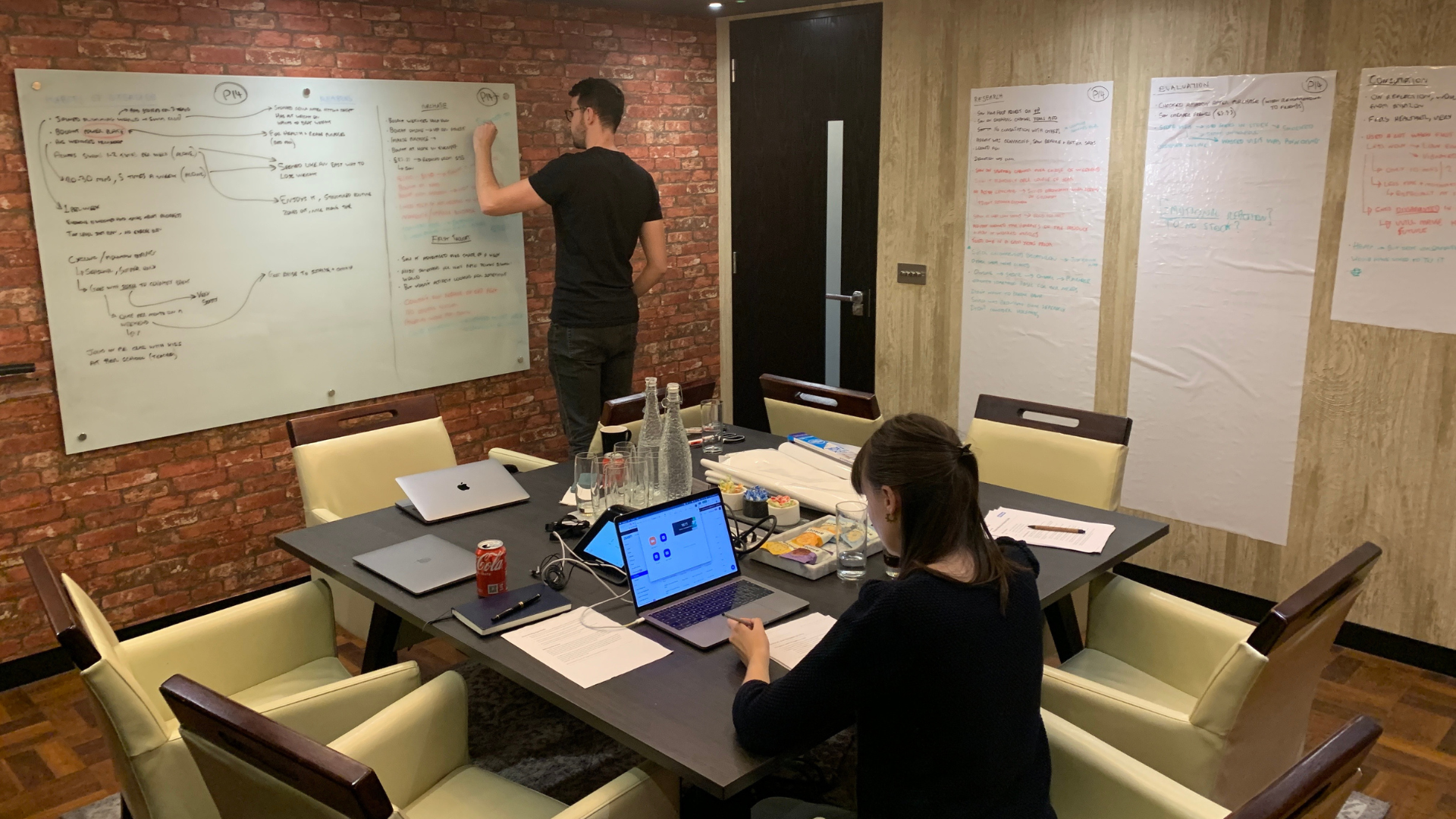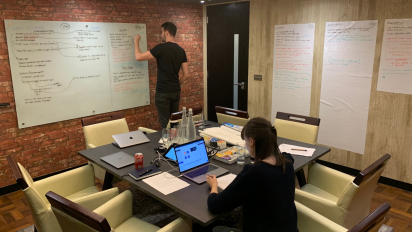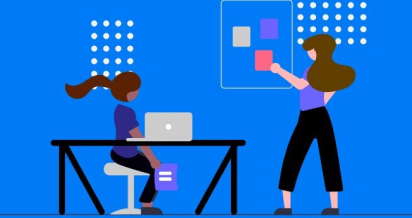Video transcript:
Are you looking to improve your current proposition, or are planning to launch a brand new product/service? If you are, then can you confidently say that you understand your user’s needs, and where your proposition fits into their lives?
As Albert Einstein once said: “If I had an hour to solve a problem I’d spend 55 minutes thinking about the problem and five minutes thinking about solutions”. But unfortunately when it comes to innovation, this often isn’t the case. Instead of spending the time to gain a deep understanding of customer needs and the problems they face, there is a tendency to jump straight into ideas and solutions. Consequently, this lack of user insight is a common reason for the failure of new products, features and services.
Fortunately there are a host of customer research methods that can provide us with this much needed user insight. Most noticeably, the Jobs To Be Done (JTBD) framework. When used effectively, this framework allows us to combine the insights from a number of research methods to create successful products that effectively address user needs. To conduct this type of research properly, there are three broad activities that will need to be completed:
- Gathering insights via user interviews
- Quantifying findings in an importance/satisfaction survey
- Plotting findings onto a customer journey map
Job To Be Done Interviews
First we want to interview as many users as possible, usually we can uncover a good amount of insights with 15-20 interviews, but this may be more or less depending on the quality of your recruitment and the complexity of the customer journey. Your first objective in these interviews is to gain a comprehensive understanding for the core functional ‘job’ that your target audience is trying to complete, and formulate this into a job statement. Once you have identified this, you can start to unravel the customer journey and more detailed user needs, including the importance and current satisfaction levels for each one.
But what is a job statement? Well it’s a short sentence that describes what the customer is ultimately trying to accomplish. It should be functional in nature and applicable over long periods of time, outlasting any existing solutions in the market. As Harvard Economics Professor Theodore Levitt once said, “people do not want a quarter-inch drill, they want a quarter inch hole.” This is the perfect example of how people buy products and services to get jobs done; and whilst products can come and go over time, the underlying job-to-be-done does not go away.
For example, let’s consider the job of staying up to date with local news. Your job isn’t to read a newspaper, or watch the evening news broadcast; these are solutions that serve this job. Instead, your job might be; When trying to stay up to date with the local news, I want to minimise the time it takes to find accurate content, so that I appear well informed to my peers. A well worded job statement like this is timeless, and was as applicable 30 years ago when newspapers and TV were the most convenient solutions, to today’s world where people also get their news from websites, apps and social media. There are many other components to a well written job statement, but when done correctly, it can act as a guiding star for all future innovation.
Your second objective in JTBD interviews is to identify the steps that customers are trying to take in order to complete that job. We want to pinpoint exactly what their needs are at each point in this journey, so that when we move to quantitative methods, we can evaluate which of those needs are most important, and which are over or under served.
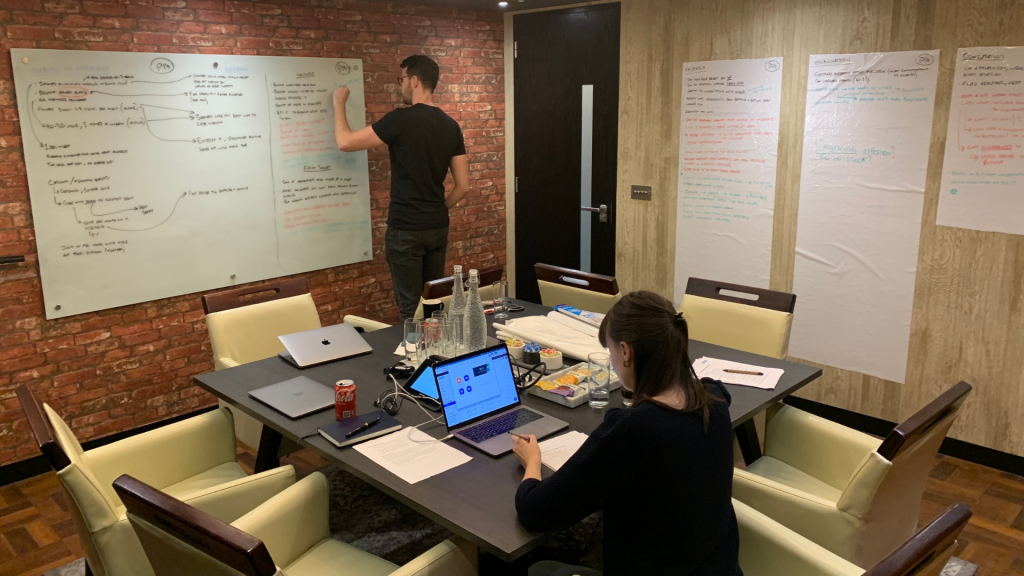
What’s interesting about these interviews is the breadth of time they cover. You start by exploring the point of purchase, then take the user right back to the ‘first thought’ when they initially started trying to get their job done. From here, you try to move chronologically through their thoughts, actions and experiences to paint as vivid a picture as possible. This customer journey can sometimes be months, or even years long, so it’s important to focus on the important parts first, but maintaining a good level of detail across all stages.
Using Jobs To Be Done interview techniques, we can quickly identify the functional, emotional and social problems that users face when trying to complete their job. And as a result we can start to identify what areas of the customer journey contain the biggest problems and opportunities. For example, imagine trying to find accurate news content on Social Media platforms when you encounter fake news, or being unable to quickly find news content related to the topic you’re interested in on journalism platforms.
Customer needs survey
Following these interviews, it’s not uncommon to have upwards of 100 customer needs, all of which come with unique opportunities to improve your proposition. Before focusing on any specific needs or hand picking the ones we want to address, it’s crucial that these are quantified with a larger audience in a survey. By doing so, we can prioritise the right needs to address by identifying which needs are most important, and which are underserved.
The first aspect that needs your attention is survey recruitment. The exact number of people you want to answer your survey can depend, but wherever possible you want to aim for at least 1000 responses. Arguably, the more important objective in your recruitment is to obtain users who have recently undertaken the core functional job. If they have, then their answers will be more accurate as they have a better memory of the process they went through.
There are two key objectives for the customer needs survey. Firstly, we want to identify how important each user need is to the respondents. Secondly, we want to identify how satisfied they are in their ability to do it. If we return to our example of finding local news content, one user need identified through the interviews might be; “I need to avoid reading fake news online”. For this particular statement, we then ask two questions in the survey:
- When reading news content online, how important is it that you’re able to avoid fake news?
- When reading news content online, how satisfied are you with your ability to avoid fake news?
Once you have your survey responses, you can quickly identify and prioritise the user needs which are most important and underserved. This brings you from 100+ needs to 5-10 that you can then focus your attention on.
Customer journey maps
Now that you have completed your JTBD interviews and customer needs survey, you should have a clear understanding of the core functional job that the user is trying to complete, and a prioritised list of functional, emotional and social user needs. However, in order to fully understand when and where these issues are occurring, we need to plot our findings onto a customer journey map.
A customer journey map is a research driven diagram which illustrates the steps that a user goes through when interacting with your company. This should cover all touchpoints, from physical to digital, starting at the moment where customers begin researching solutions to their core functional job, right up until the post purchase experience.
The precise contents of a customer journey map can depend on your research findings and project objectives, but it typically covers the following inputs:
- The different stages of the journey
- Customers job statements
- Functional, emotional and social user needs
- Importance/satisfaction scores for each user need
- Attitudes and emotions experienced across the journey
- Customer touch points (Online and offline)
- Customer pain points
- Business touch points
When mapping out these inputs across the whole customer journey, we can quickly visualise where the users points of friction are, and the points where they may engage with different teams from the business. As this is a visual tool that’s often designed to a high standard, the customer journey map can also be a great resource to share amongst your organisation, either by sharing it with stakeholders or printing it in a large format to place around the office.
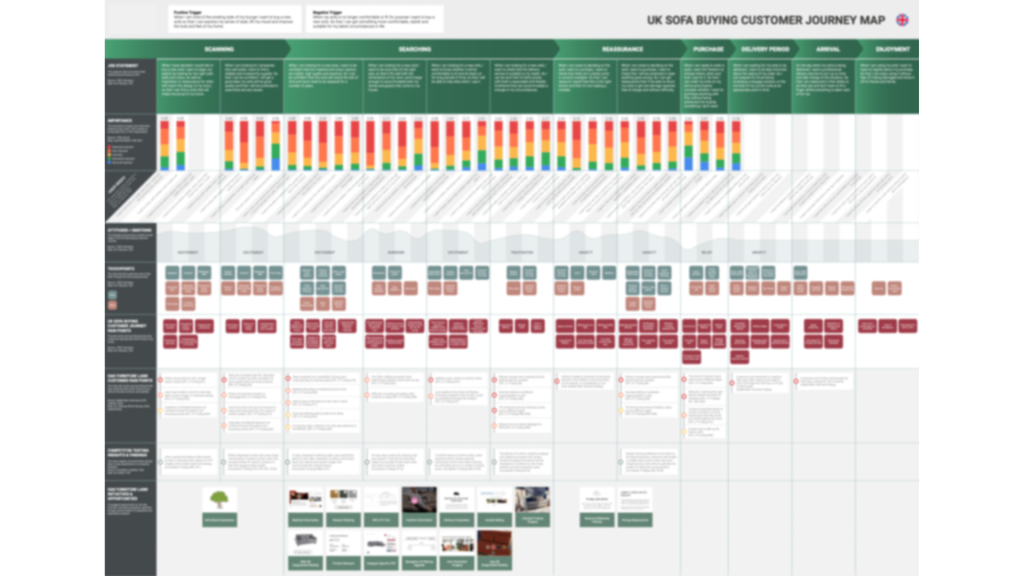
Conclusion
Many organisations will only gain customer feedback after already having created product roadmaps, or following the launch of new products, services and features. But by using the Jobs To Be Done framework, future roadmaps can become driven by customer needs, with the customer’s core functional job acting as a guiding star for future innovation and improvements to the proposition.
Therefore by gathering insights in Jobs To Be Done interviews, quantifying findings in a customer needs survey and plotting the user’s actions onto a customer journey map, we are able to gain a far clearer picture of where your innovation efforts are best placed, increasing the chances of delivering successful products.
To find out more about using Jobs To Be Done research to enable customer driven innovation, feel free to reach out to us on LinkedIn or contact: sales@creative-cx.com
